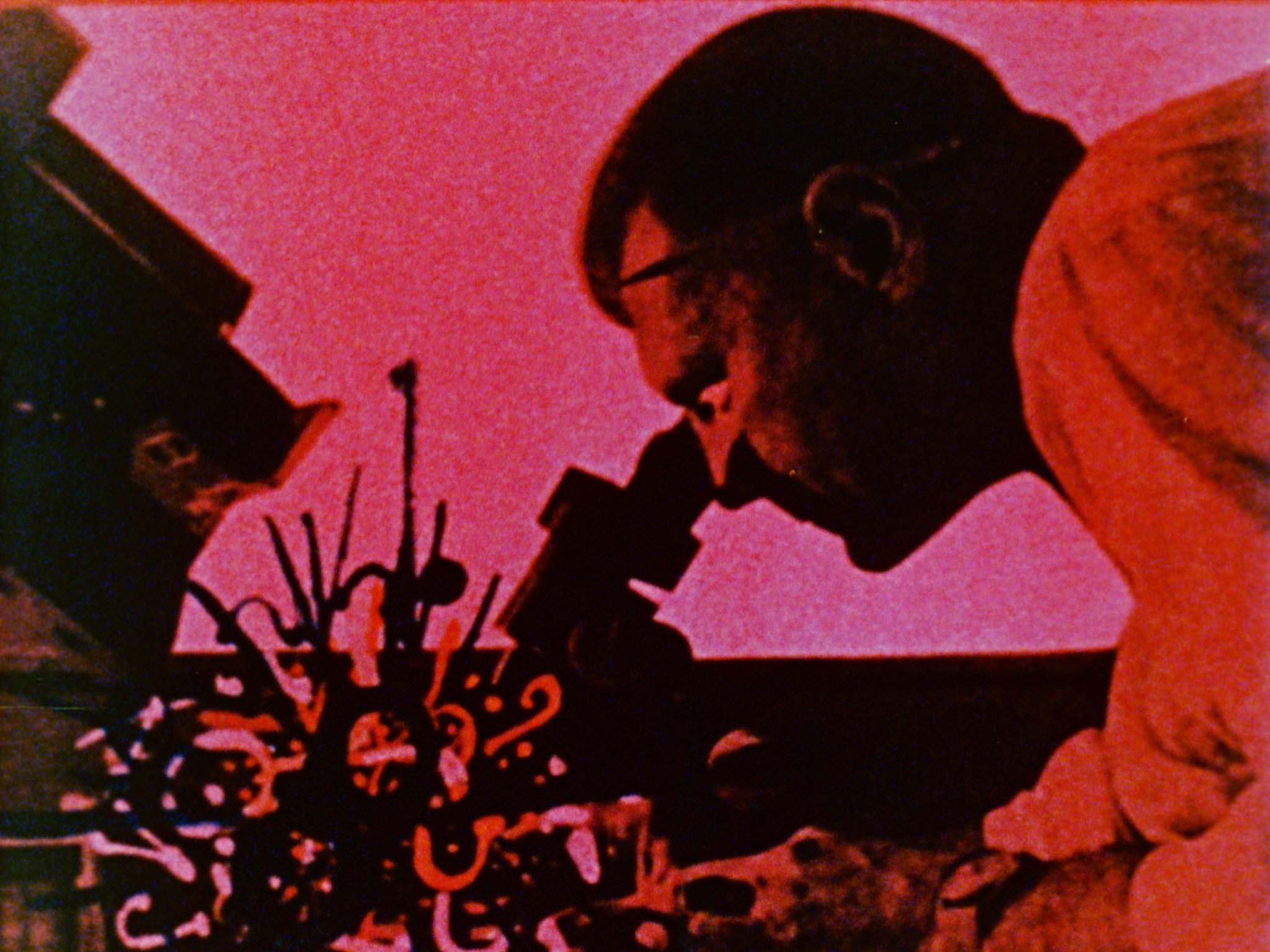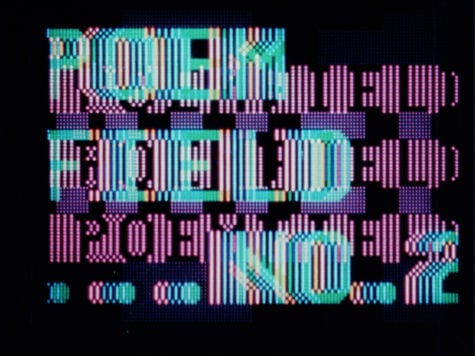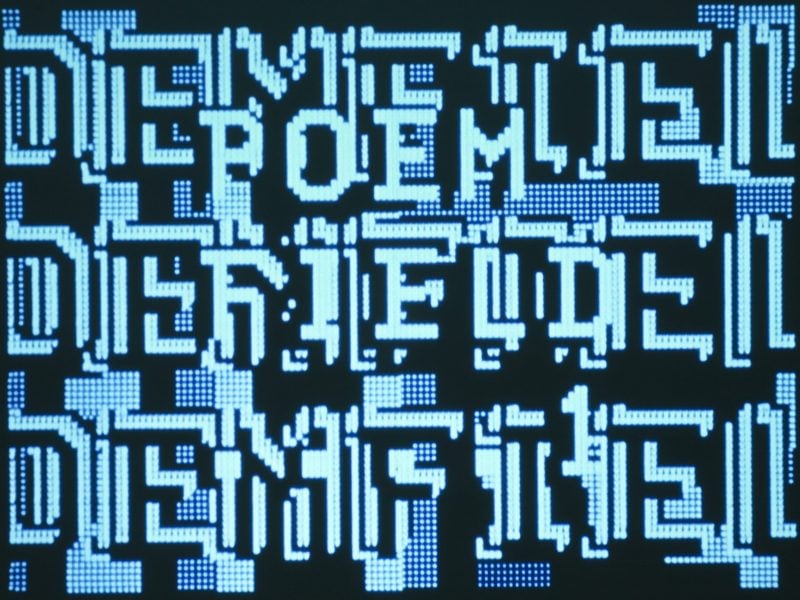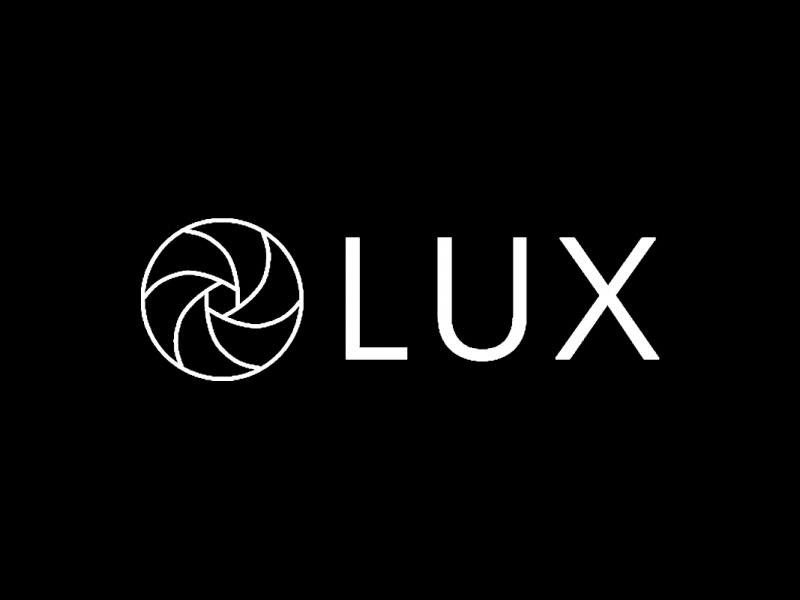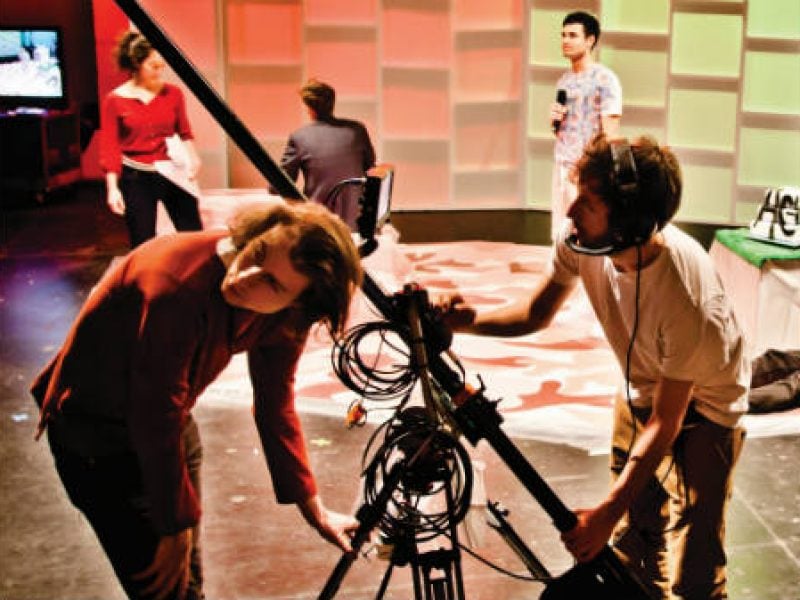Stan VanDerBeek Estate has released 2K scans and 16mm prints of newly restored films by Stan VanDerBeek, including computer-animated series, Poemfield (1966-1971), Euclidean Illusions (1979), and Science Friction (1959).
“The Stan VanDerBeek Archive is pleased to release 16mm prints and 2K scans of several recently restored films by VanDerBeek. Titles include his visionary computer generated series, Poemfield (1966-1971); his meditation on outer dimensions made while a resident at NASA, Euclidean Illusions (1979); and one of his earliest animated collage films satirizing our war-hungry politicians, Science Friction (1959). Poemfield No. 2, No. 3, and No. 7 as well as Euclidean Illusions were restored under a National Film Preservation Foundation grant awarded to the Filmmakers’ Cooperative in 2017. Poemfield No. 1 and Poemfield No. 5 were preserved by the artist’s estate with assistance from the Los Angeles County Museum of Art, The Box Gallery, and Andrea Rosen Gallery for exhibitions featuring the series in 2014 and 2015.
Poemfield, also known as the Computer Animation Art Series, was conceived for use in VanDerBeek‘s multi-screen installations and performances as well as for single channel projection. The series was initiated at Bell Labs in New Jersey where VanDerBeek worked with Ken Knowlton developing some of the first computer animation languages. In each film, powerful sequences of words gradually emerge from, and back into, kinetic mosaics of glittering geometric graphics. The images seen within each projection are the visual manifestations of unique poems written in a specific computer language, then processed by an IBM 7094, and ultimately output onto the surface of a cathode ray tube and filmed using black and white 35mm film. VanDerBeek then collaborated with musicians John Cage and Paul Motian on soundtracks for the films as well as with filmmakers Robert Brown and Frank Olvey to add interplays of intense color. The combined elements were output onto 16mm film.
Stan VanDerBeek’s visionary approach to art making was not only radical in his time, but is also increasingly reflective of a contemporary discourse around the integration of media, technology, and everyday life. VanDerBeek began working with the computer as an animation tool in 1964. He considered the computer an extension of the mind and pursued technology throughout his lifetime as a revolutionary means of expressing and engaging human consciousness and, for that reason, a necessary tool for an artist to master.
In 2019 the Filmmakers’ Coop (NYC) was awarded an Avant-Garde Masters Grant by the NFPF to work with the Archive on preserving several of VanDerBeek‘s animated collage films on 16mm and 35mm. Those titles will be re-released for distribution sometime in 2020.”
Chelsea Spengemann, Stan VanDerBeek Estate.

